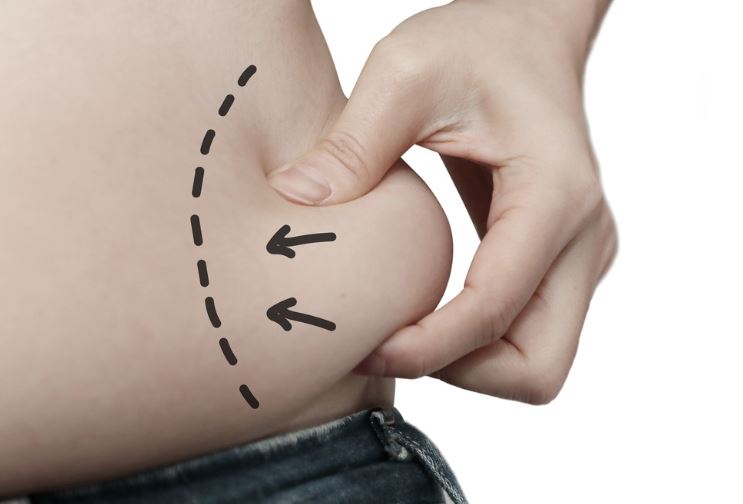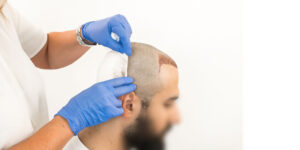In the modern fashion industry, body aesthetics have long served as silent but powerful determinants of success. From magazine covers to catwalks, the ideal model has historically embodied a specific set of measurements: tall, toned, and meticulously proportioned. While genetics and rigorous training contribute to maintaining these standards, there’s another side to the story that remains less discussed but increasingly relevant—medical aesthetics. Among these, liposuction surgery has emerged as a controversial yet influential tool quietly shaping the industry’s frame.
The Pressure of Perfection
For decades, fashion models have navigated a profession where image often matters more than talent. Agencies, designers, and brands typically gravitate toward individuals who represent a narrowly defined body type. Though recent conversations around inclusivity have made some headway, the traditional model silhouette remains dominant in high fashion circles.
This has led many aspiring and established models to go beyond fitness routines and restrictive diets. When natural methods reach their limits, medical interventions enter the picture. The demand for swift, visible results combined with fierce competition has quietly opened doors to cosmetic procedures like liposuction as an enhancer—or even a prerequisite—to align with industry expectations.
Liposuction and the Aesthetic Economy
Liposuction is a surgical procedure designed to remove stubborn fat deposits from specific areas of the body, often those resistant to exercise and diet. While it is not a weight-loss method, it can reshape contours, creating a more sculpted appearance that aligns with fashion’s prized figure.
For models, especially those working in editorial or runway segments, even a slight refinement in body shape can make a difference. A marginally slimmer waist or more defined thigh gap may be the deciding factor between landing a campaign or missing out. As such, liposuction has become a strategic consideration—not for dramatic transformation, but for subtle perfection. It’s not uncommon for models to use this procedure to maintain their form during off-seasons or to recover from the natural fluctuations of the body over time.
The Ethical Tightrope
Despite its increasing relevance, the use of medical procedures in fashion modeling raises complex ethical questions. Should beauty be medically engineered to meet an industry’s outdated ideals? Is it fair to promote a standard that may require surgical assistance to achieve?
Critics argue that normalizing procedures like liposuction in fashion perpetuates unrealistic body standards and places unnecessary pressure on young professionals entering the industry. It also risks sending damaging messages to the wider public, particularly impressionable audiences who idolize models as paragons of beauty.
On the flip side, advocates assert that models, like any professionals, should be allowed autonomy over their bodies. Just as actors might alter their appearance for roles or athletes undergo treatments to enhance performance, models using medical means could be seen as adapting to occupational demands. In this view, liposuction becomes a personal decision made within a highly competitive career landscape, rather than a societal flaw.
The Influence of Image-Driven Media
In the age of Instagram, TikTok, and visual-first platforms, the boundaries between fashion and beauty industries have blurred. Models today are not just mannequins on a runway—they are influencers, content creators, and brand ambassadors. Their appearance is constantly scrutinized and consumed by millions.
This constant exposure amplifies the pressure to maintain an ideal body shape, round the clock. Unlike traditional models who prepared for seasonal shows or magazine shoots, today’s models live in a perpetual spotlight. Procedures like liposuction, therefore, are sometimes perceived not as shortcuts, but as tools for consistency—allowing them to meet the relentless demands of digital media.
Additionally, the rise of high-definition photography and video means that even minor imperfections are more visible than ever before. This technological shift makes the pursuit of “flawlessness” even more intense, subtly encouraging the adoption of medical aesthetics.
Toward a New Standard?
As society becomes more aware of the psychological and physical toll that body ideals can have, the fashion world finds itself at a crossroads. Some brands are moving away from rigid body requirements, casting models of all shapes, sizes, and ethnic backgrounds. There is a growing call for transparency in how models achieve their appearance—whether through fitness, diet, or medical assistance.
However, the shift is gradual, and the allure of the traditional figure is still deeply ingrained. While diversity is celebrated on the surface, behind closed doors, many industry gatekeepers continue to favor the classic model look. In this context, liposuction and similar procedures remain a discreet part of the toolkit for those striving to meet or maintain these expectations.
Change will likely come not just from the top-down decisions of casting directors or agencies, but from a broader cultural movement that redefines beauty in more inclusive and humane terms. Until then, medical means like liposuction will continue to exist in a gray area—neither fully embraced nor entirely rejected, but undeniably influential.
Final Thoughts
The integration of medical procedures into the fashion industry, particularly among models, is a reflection of deeper societal dynamics around beauty, competition, and success. Liposuction isn’t just a medical term in this context; it’s a symbol of how far individuals are willing—or feel compelled—to go to meet a visual ideal.
As conversations around mental health, body positivity, and ethical representation gain momentum, the role of cosmetic enhancement in fashion will remain under scrutiny. Whether liposuction is seen as a form of personal empowerment or as evidence of a problematic standard, one thing is clear: the intersection of model measurements and medical means is reshaping the frame of fashion in more ways than one.






